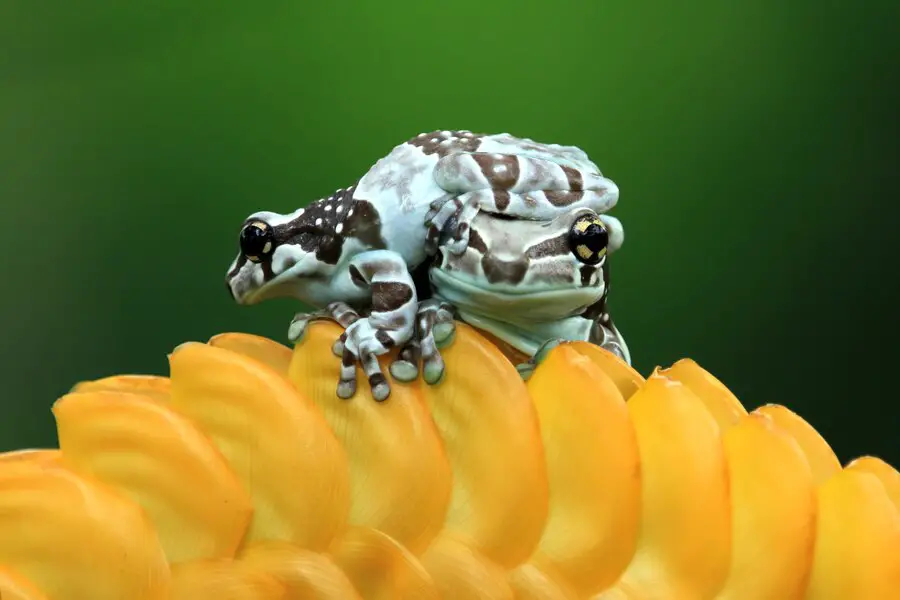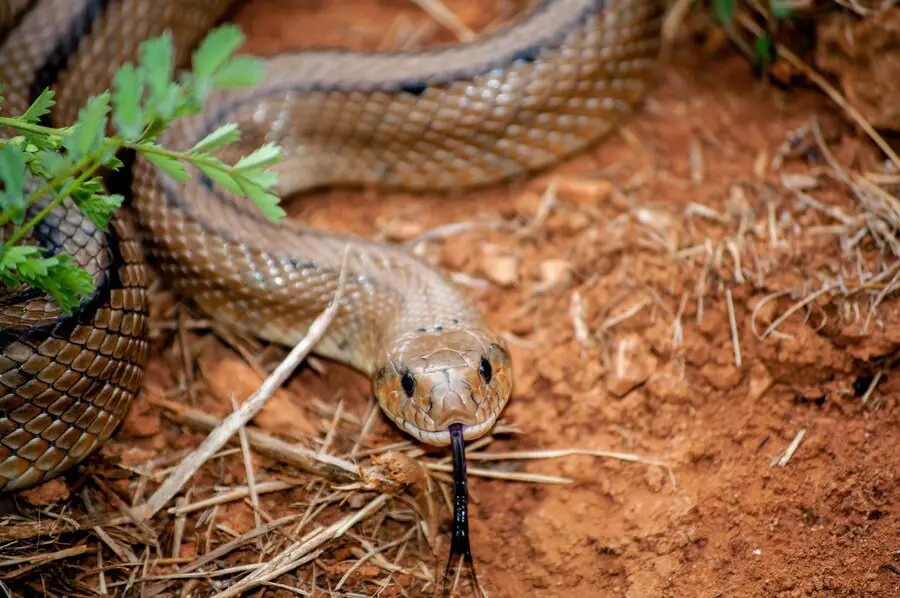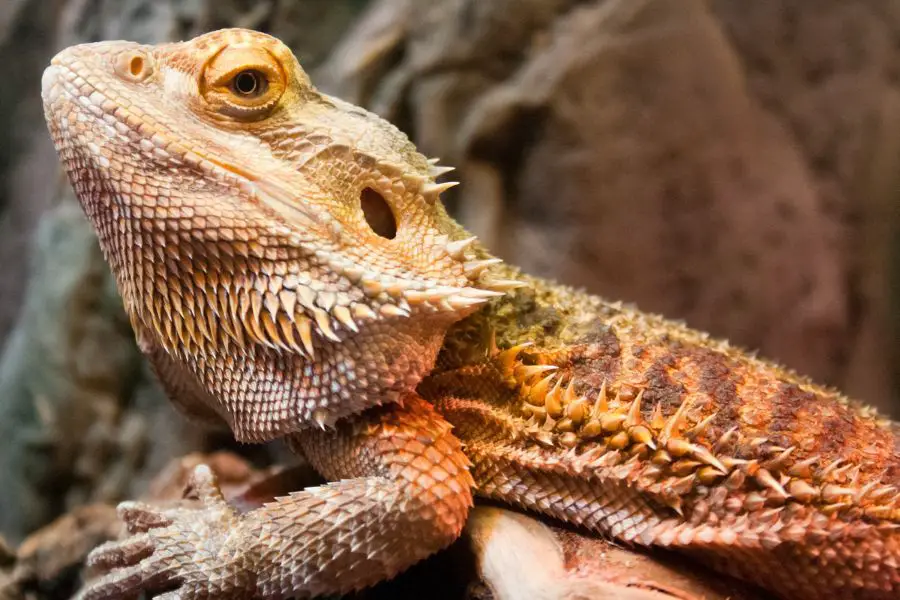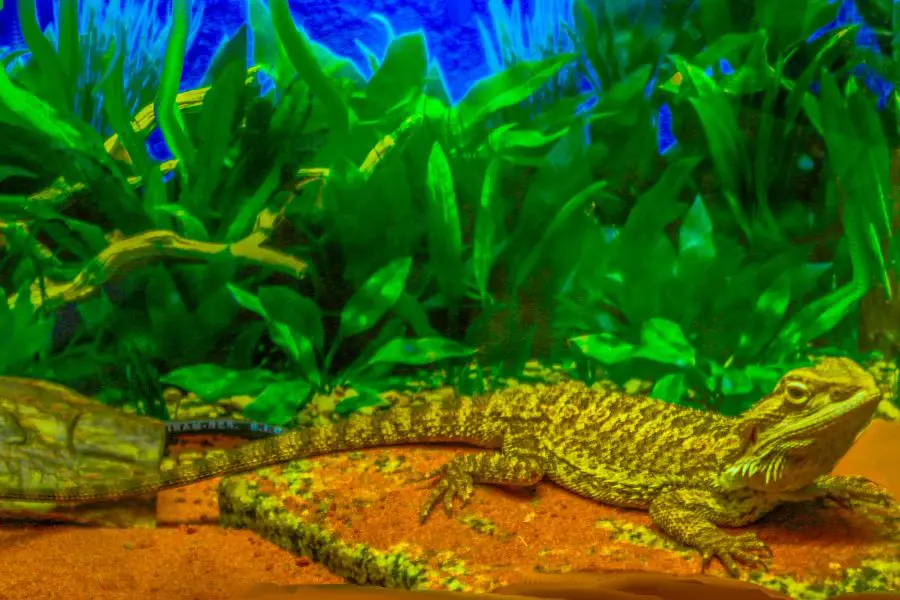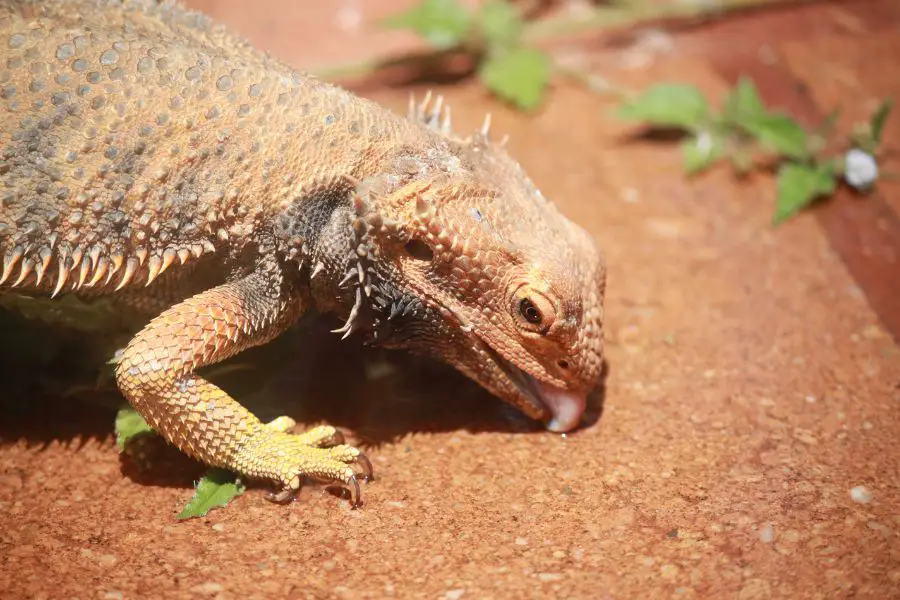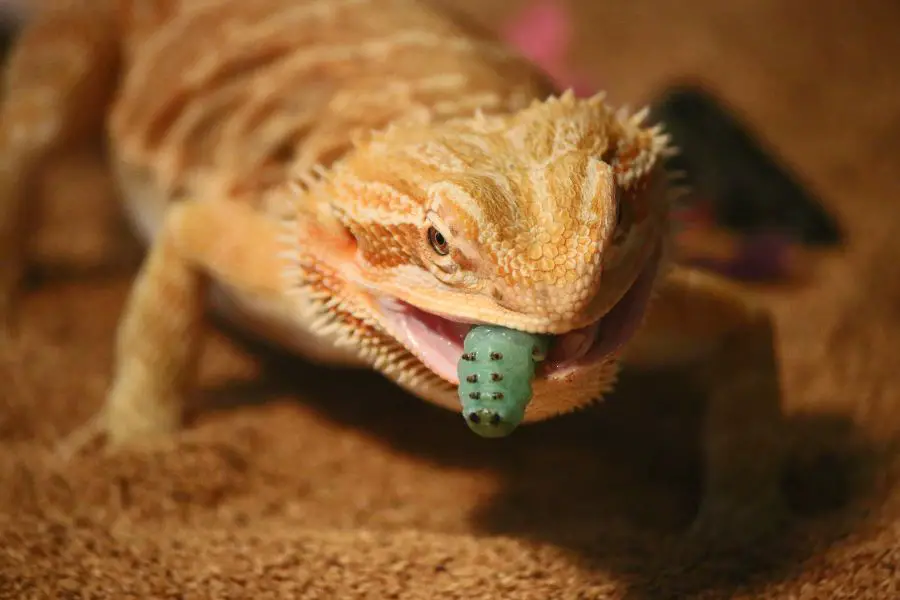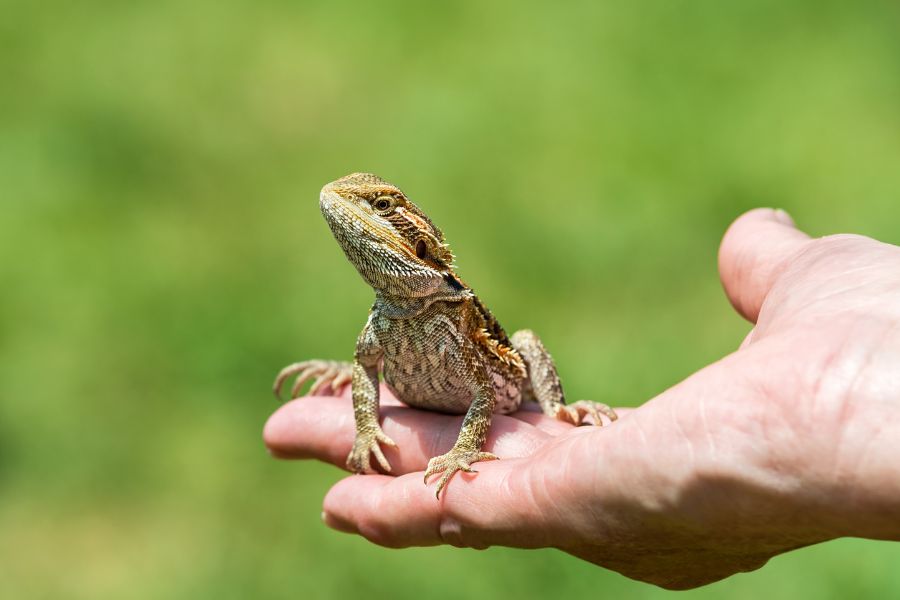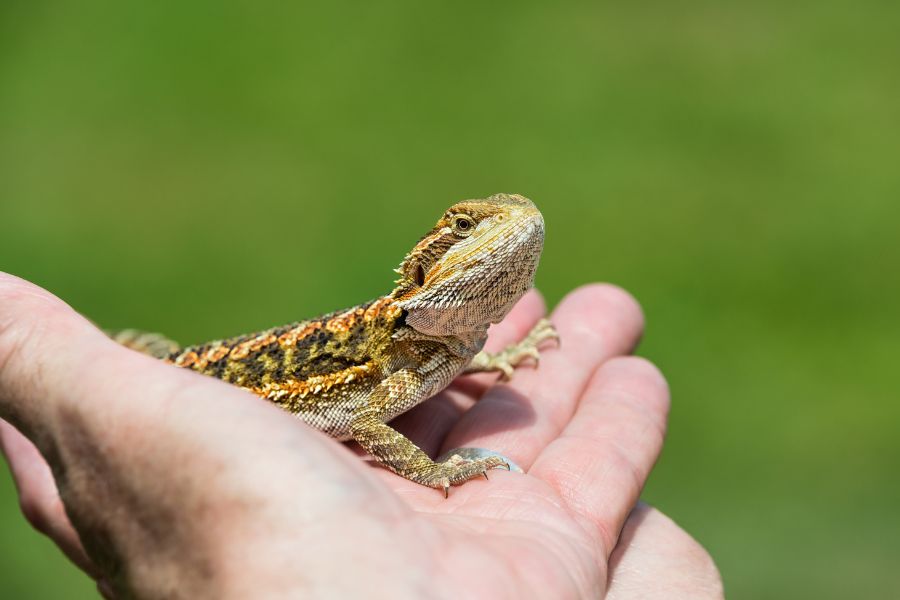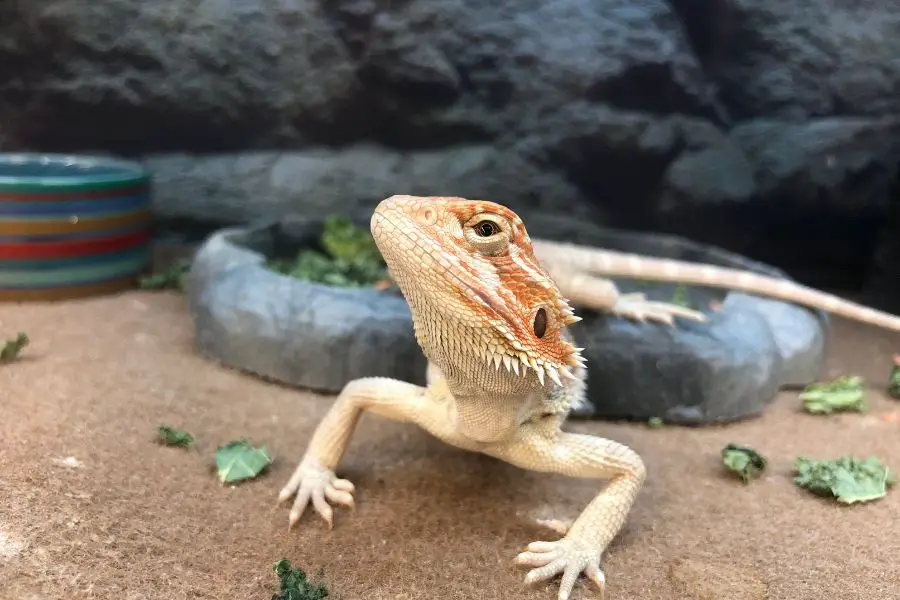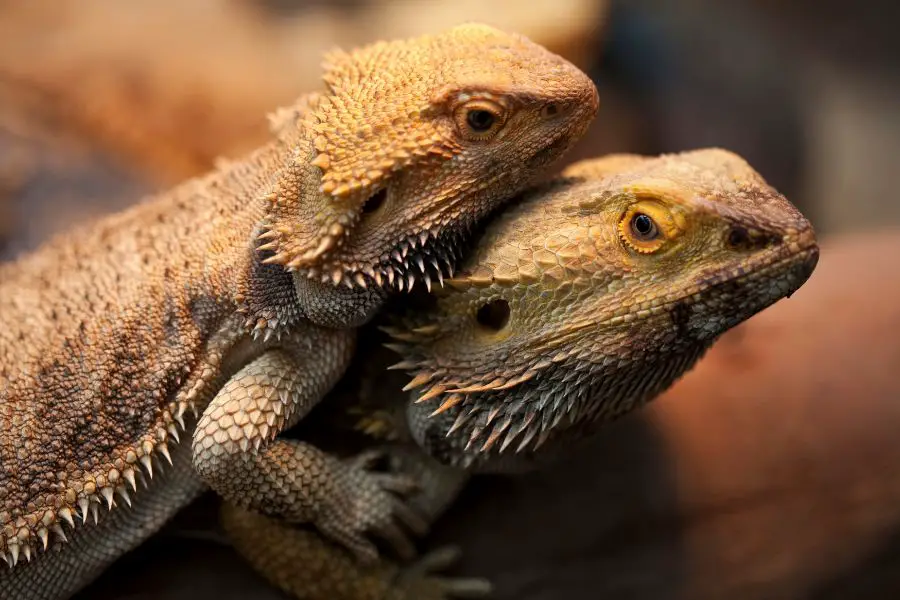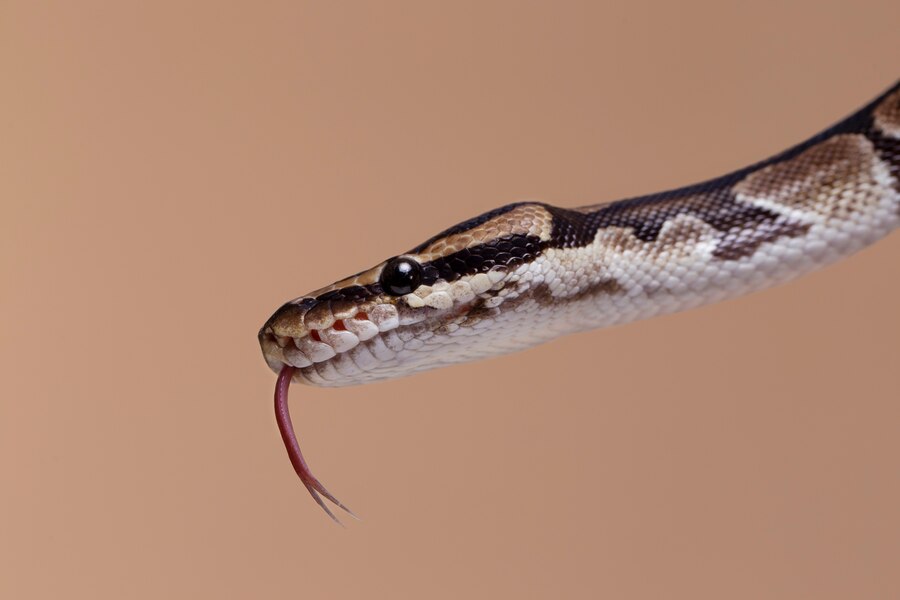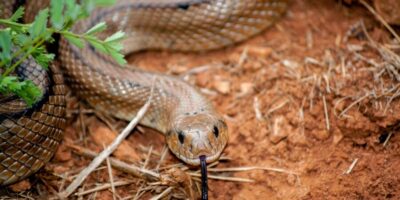Ball pythons, a popular choice among reptile enthusiasts, are captivated by their unique characteristics. Understanding the behavior of these serpents is crucial for responsible ownership. Among their various communication methods, hissing stands out as a key tool for conveying emotions and intentions. This introduction sets the stage for exploring the significance of comprehending ball python behavior, with a specific focus on the intriguing and often misunderstood hissing behavior.
Origin And Habitat
Ball pythons, native to sub-Saharan Africa, thrive in grasslands and savannas. Their natural habitat influences their behavior and dietary preferences. Despite their African roots, ball pythons have become globally popular as pets due to their manageable size, docile nature, and striking patterns. Their adaptability to captivity and relatively low maintenance make them an attractive choice for both novice and experienced reptile enthusiasts. The captivating combination of their origin and suitability as pets has contributed to their widespread popularity in the exotic pet community.
Physical characteristics
Ball pythons boast distinctive physical characteristics contributing to their allure as captivating reptile companions. Typically measuring around three to five feet in length, these snakes are relatively compact. Their striking coloration and patterns, ranging from earthy tones to vibrant hues, make them visually stunning. Renowned for their docile demeanor, ball pythons earn their name from the defensive coil they assume when threatened. With heat-sensing pits, constricting abilities, and a regal appearance, these physical traits define the charm of the ball python.
Communication in Ball Pythons
Communication is vital among ball pythons, and they employ various methods to convey emotions and intentions. These serpents communicate through body language, scent marking, and vocalizations. Hissing, in particular, plays a significant role in their communication repertoire. While some may associate hissing solely with aggression or fear, it serves a broader purpose, including mating rituals and establishing dominance. Understanding how hissing differs from other behaviors is key to deciphering the nuanced language of ball pythons and fostering a deeper connection with these fascinating creatures.
Reasons Behind Hissing
Ball pythons often exhibit defensive behavior, primarily triggered by their perception of threats in their environment. When they feel threatened or cornered, these snakes emit hissing sounds as a warning signal. This defensive response is an instinct designed to deter potential predators or perceived dangers. By exploring the reasons behind defensive hissing, snake enthusiasts can gain insights into the complex ways ball pythons communicate and interact with their surroundings, ultimately fostering a safer and more understanding environment for these remarkable reptiles.
Understanding Hissing Sound
Understanding the hissing sound of ball pythons provides valuable insights into their communication. The hiss is a forceful exhalation, often accompanied by a distinctive sound produced as air rushes through the glottis. This mechanism, integral to their respiratory system, serves as a communication tool. Differentiating between defensive and mating hisses involves careful observation of accompanying behaviors. Defensive hisses are typically louder and more forceful, often associated with defensive postures. In contrast, mating hisses may be softer and more rhythmic, occurring within the context of courtship behaviors.
Handling Hissing Python
Handling a hissing python requires a calm and methodical approach. First, ensure your safety by using snake-handling gloves. Provide proper support along the body to make the snake feel secure. Choose a quiet, controlled environment to minimize stress. Be aware of the snake’s temperament and adjust your handling accordingly. Recognize signs of stress, such as intense hissing or defensive postures. Minimise stress during interactions by introducing handling gradually, keeping sessions short, handling consistently, and providing hiding spots in the enclosure. This approach fosters a positive experience for both the handler and the hissing python.
Common Misconceptions
Common misconceptions about ball pythons often revolve around their hissing behavior, leading to unnecessary concerns among snake owners. Contrary to popular belief, hissing is not always a sign of aggression. Dispelling this myth is crucial to helping owners understand that hissing is a natural form of communication for ball pythons. It can occur during defensive situations, but it’s also a normal part of mating rituals or establishing dominance. By educating snake owners about the various contexts in which hissing is normal, we empower them to interpret their pet’s behavior more accurately and cultivate a positive relationship with these fascinating reptiles.
Behavioral Training and Socialization
Behavioral training and socialization are integral to fostering a positive relationship between owners and ball pythons. Employing positive reinforcement techniques, such as offering treats or praise, encourages desired behaviors and builds trust. A gradual introduction to handling is essential, allowing the snake to acclimatize at its own pace. Consistent patient-handling sessions contribute to the development of trust between the owner and the ball python, creating a bond based on understanding and comfort. Through these practices, owners can enhance the overall well-being and sociability of their ball pythons, creating a more enriching experience for both parties.
Conclusion
In conclusion, comprehending the significance of hissing in ball pythons is key to unlocking their communication secrets. This understanding enables responsible ownership by guiding proper care, handling, and creating a secure environment. Emphasizing the uniqueness and beauty of ball pythons as pets encourages a deeper appreciation for these fascinating creatures. By nurturing a bond built on understanding and respect, owners can embark on a rewarding journey, appreciating the distinctive charm that ball pythons bring to the world of reptile companionship.
